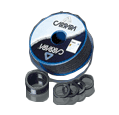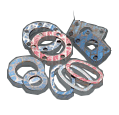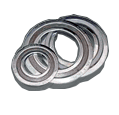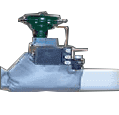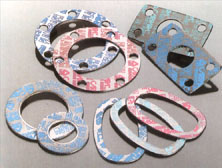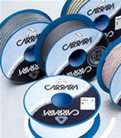Looking to stock up on gaskets? It’s a smart idea to buy replacement gaskets before your current ones need replacing, so that you can minimise equipment downtime and keep up a productive workplace.
But if you’re not properly storing your gaskets, this could lead to a shorter shelf life, costing you more money in the long run.
Steamline Engineering, Australia’s top gasket retailer, is here to explain gasket shelf life and the best practices for gasket storage.
Gasket life: knowing the factors at play
Gasket shelf life is influenced by several factors. These include the material they’re made from, the environmental conditions they’re subject to and how they’re stored:
- Materials
Different materials have different shelf lives and are impacted by storage and time in different ways. While a metallic gasket may last a long time in storage, rubber gaskets are more susceptible to aging and environmental factors. Always check with the manufacturer or retailer on the recommended shelf life of a gasket – Steamline is more than happy to answer your questions. Understanding the specific properties of the gasket material is key for determining its shelf life. - Environment
Temperature, humidity, light exposure – these are the environmental conditions we should consider when assessing gasket shelf life. High temperatures, for example, can lead to quicker deterioration of rubber gaskets. Humidity and sunlight exposure can also lead to material degradation. It’s recommended to store gaskets in a cool, dry area away from direct sunlight. - Storage
Ensuring your gaskets are stored safely and properly is another factor in their shelf life. For example, stacking gaskets on top of each other, or underneath heavy objects could cause them to warp and bend before you’ve even used them, so it’s best to keep an ordered system when it comes to gasket storage.
How to store your gaskets properly
Want to extend the shelf life of your gaskets? Follow these tips:
- Proper packaging
The original packaging of a gasket is designed to keep it dust-free, moisture-free and protected from other environmental factors. Always keep shelved gaskets in their original packaging. - Store them flat
Like we said, hanging and stacking gaskets can cause them to warp, so store them flat in drawers. - Environmental controls
Keep your gasket storage area cool and dry, and preferably with windows covered up.
Store your gaskets properly and enjoy a longer lasting, more reliable gasket. Steamline Engineering is Australia’s #1 supplier of high quality gaskets. We choose top manufacturers like Carrera and Firefly, providing metallic, rubber, PTFE, graphite gaskets and more. Supplying various gaskets from various materials, Steamline are also Australia’s leading team for other industrial equipment like thermal tapes and seals, welding blankets and valve packing materials.



